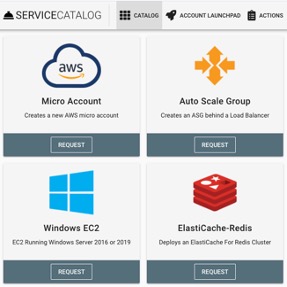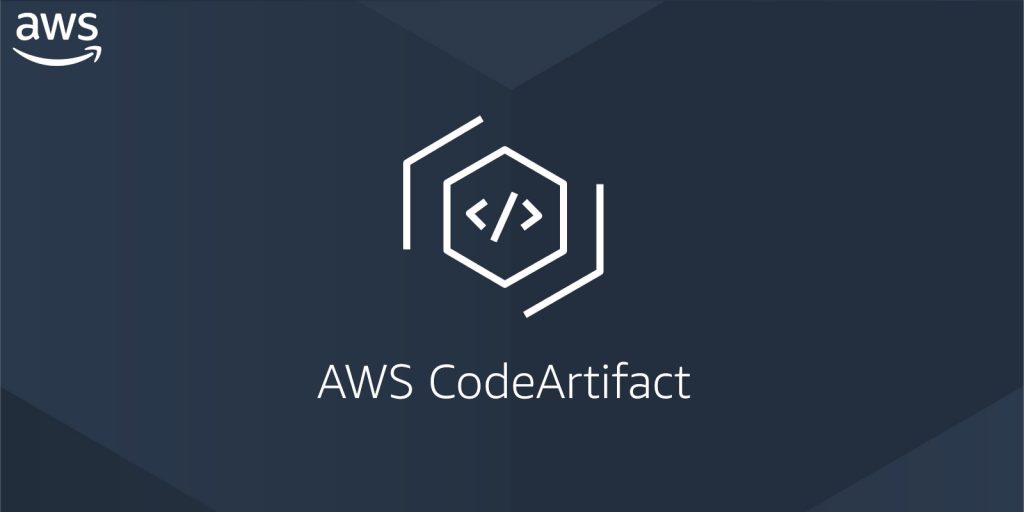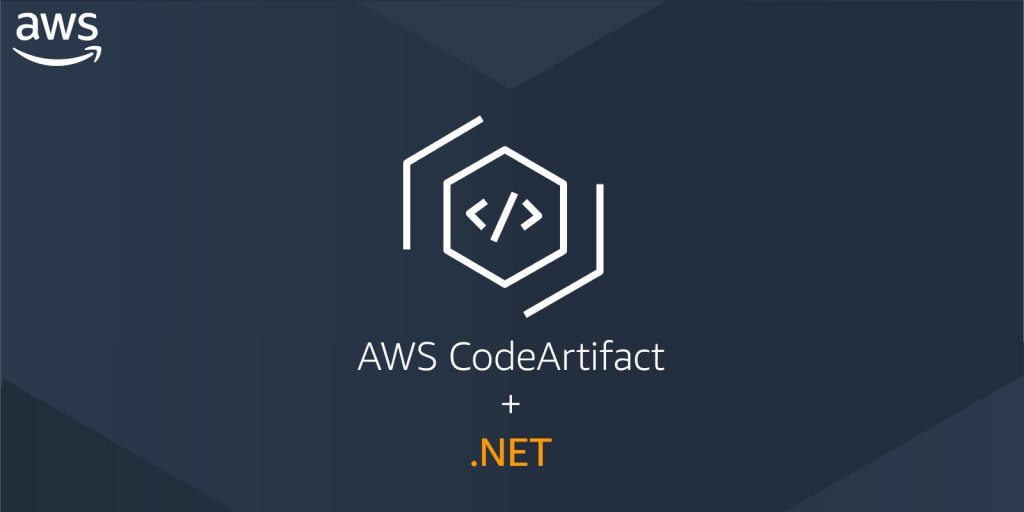AWS DevOps & Developer Productivity Blog
CDK Corner – January 2021
December was an exciting month for CDK! Jason Fulghum delivered an AWS re:Invent presentation on how CDK has changed over the past year and what customers can expect in the next year. The highlight of this talk was the alpha release of CDK v2. This is the first major version bump since the AWS CDK […]
Resource leak detection in Amazon CodeGuru Reviewer
The resource leak detector in CodeGuru Reviewer combines static code analysis algorithms with machine learning to surface only the high confidence leaks. It has a high developer acceptance rate and has alerted developers within Amazon to thousands of leaks before those leaks hit production.
How FactSet automates thousands of AWS accounts at scale
This post is by FactSet’s Cloud Infrastructure team, Gaurav Jain, Nathan Goodman, Geoff Wang, Daniel Cordes, Sunu Joseph, and AWS Solution Architects Amit Borulkar and Tarik Makota. In their own words, “FactSet creates flexible, open data and software solutions for tens of thousands of investment professionals around the world, which provides instant access to financial […]
Deploying CIS Level 1 hardened AMIs with Amazon EC2 Image Builder
The NFL, an AWS Professional Services partner, is collaborating with NFL’s Player Health and Safety team to build the Digital Athlete Program. The Digital Athlete Program is working to drive progress in the prevention, diagnosis, and treatment of injuries; enhance medical protocols; and further improve the way football is taught and played. The NFL, in […]
Continuously building and delivering Maven artifacts to AWS CodeArtifact
Artifact repositories are often used to share software packages for use in builds and deployments. Java developers using Apache Maven use artifact repositories to share and reuse Maven packages. For example, one team might own a web service framework that is used by multiple other teams to build their own services. The framework team can […]
Easily configure Amazon DevOps Guru across multiple accounts and Regions using AWS CloudFormation StackSets
As applications become increasingly distributed and complex, operators need more automated practices to maintain application availability and reduce the time and effort spent on detecting, debugging, and resolving operational issues. Enter Amazon DevOps Guru (preview). Amazon DevOps Guru is a machine learning (ML) powered service that gives you a simpler way to improve an application’s […]
Raising code quality for Python applications using Amazon CodeGuru
We are pleased to announce the launch of Python support for Amazon CodeGuru, a service for automated code reviews and application performance recommendations. CodeGuru is powered by program analysis and machine learning, and trained on best practices and hard-learned lessons across millions of code reviews and thousands of applications profiled on open-source projects and internally […]
Tightening application security with Amazon CodeGuru
Amazon CodeGuru is a developer tool that provides intelligent recommendations for improving code quality and identifies an application’s most expensive lines of code. To help you find and remediate potential security issues in your code, Amazon CodeGuru Reviewer now includes an expanded set of security detectors. In this post, we discuss the new types of […]
Using NuGet with AWS CodeArtifact
Managing NuGet packages for .NET development can be a challenge. Tasks such as initial configuration, ongoing maintenance, and scaling inefficiencies are the biggest pain points for developers and organizations. With its addition of NuGet package support, AWS CodeArtifact now provides easy-to-configure and scalable package management for .NET developers. You can use NuGet packages stored in […]
Publishing private npm packages with AWS CodeArtifact
Learn how to create, publish, and download private npm packages using AWS CodeArtifact, allowing you to share code across your organization without exposing your packages to the public.






